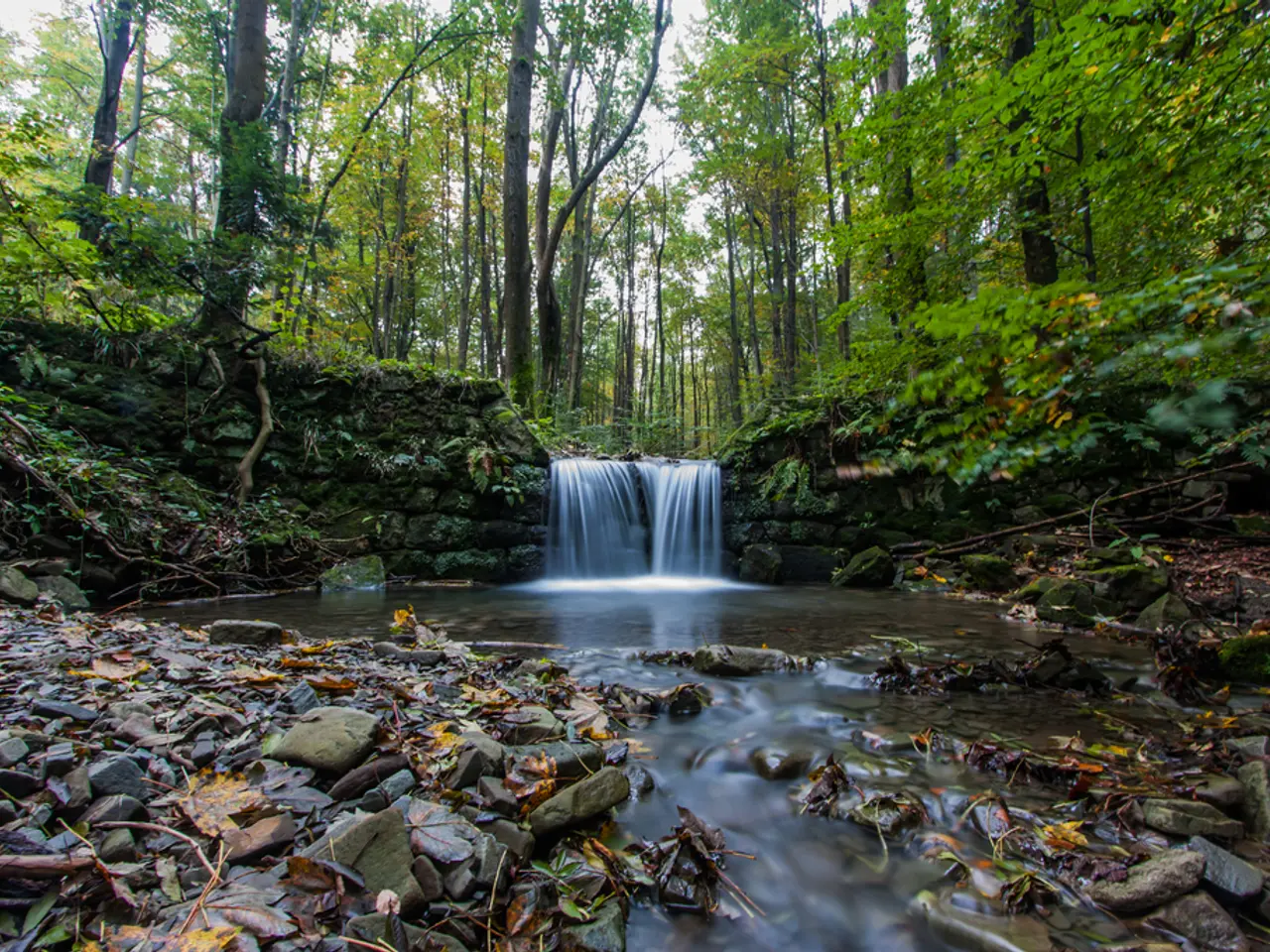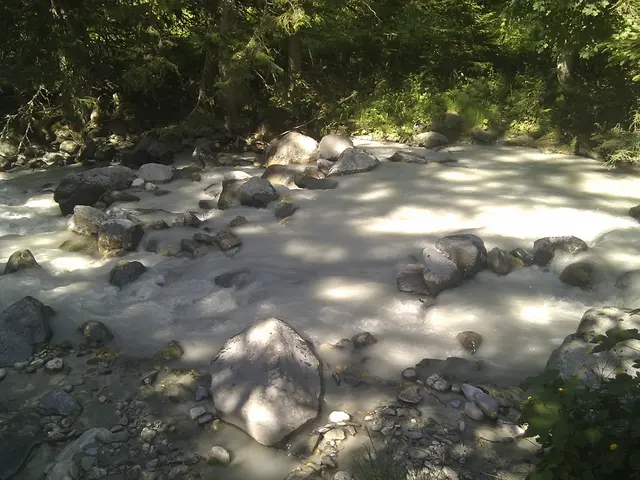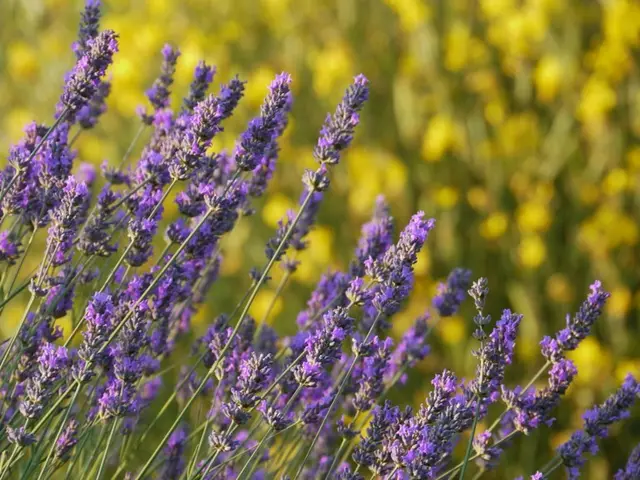Thriving Garden in Wet Conditions: Strategies for Succcessful Sowing in Moisture-Rich Soil
In the world of gardening, maintaining good soil drainage is crucial for the health and growth of plants. Here are some tips to help you improve soil drainage and create a thriving garden.
After rainfall or irrigation, water pools on the surface of the soil. This could be a sign of poor drainage. To determine the severity of the problem, dig a hole 18 inches deep and 12 inches wide in the problem area. Fill it with water and observe if the water level drops steadily and drains completely within 24 hours.
If the soil feels soggy and forms a muddy ball when squeezed, it may be compacted with large clods or lumps. Digging and loosening compacted soil with a spade or a rotavator can help create pores in the soil, allowing water to drain properly. Clearing debris from the soil surface also facilitates better drainage.
Organic matter, such as compost, can be beneficial for improving soil quality and drainage. Adding small amounts of compost each season can help improve the soil structure over time. If natural methods are ineffective, consider installing a dedicated drainage system. This could involve digging ditches or trenches with sloping sides, or consulting a specialist contractor for a piped drainage system.
Improving the slope of the terrain can also help encourage water to flow away from plants. Equipment like a york rake or building a terraced garden can be used to achieve this. In areas with wet soil, consider adding organic matter, using a broadfork, building raised beds, installing underground drainage systems, building a rain garden, or planting water-loving species.
Identifying and fixing sources of excess water, such as leaking irrigation pipes or overflowing drains, is also important. Overwatering should be avoided, as it can lead to root rot, which is indicated by roots appearing brown, black, or soft.
For suitable plants to grow in moist soil, consider hostas (Funkien), yellow iris (Sumpfschwertlilie), daylilies (Taglilien), elderberry (Holunder), dogwood (Hartriegel), and hydrangeas (Hortensien). Some vegetables, herbs, and fruits that can tolerate wet soil include asparagus, taro, rhubarb, mint, pears, aronia berries, cranberries, fox grapes, red raspberries, strawberries, persimmons, figs, water spinach, and skirret carrot.
Lastly, remember that walking or driving heavy equipment over wet ground can lead to soil compaction, making it harder for plant roots to penetrate and reducing the availability of oxygen and nutrients for plants. For snake plants, it is recommended to change the soil every 2-3 years to maintain healthy roots.
By following these tips, you can improve your soil drainage and create a beautiful, thriving garden. Happy gardening!








